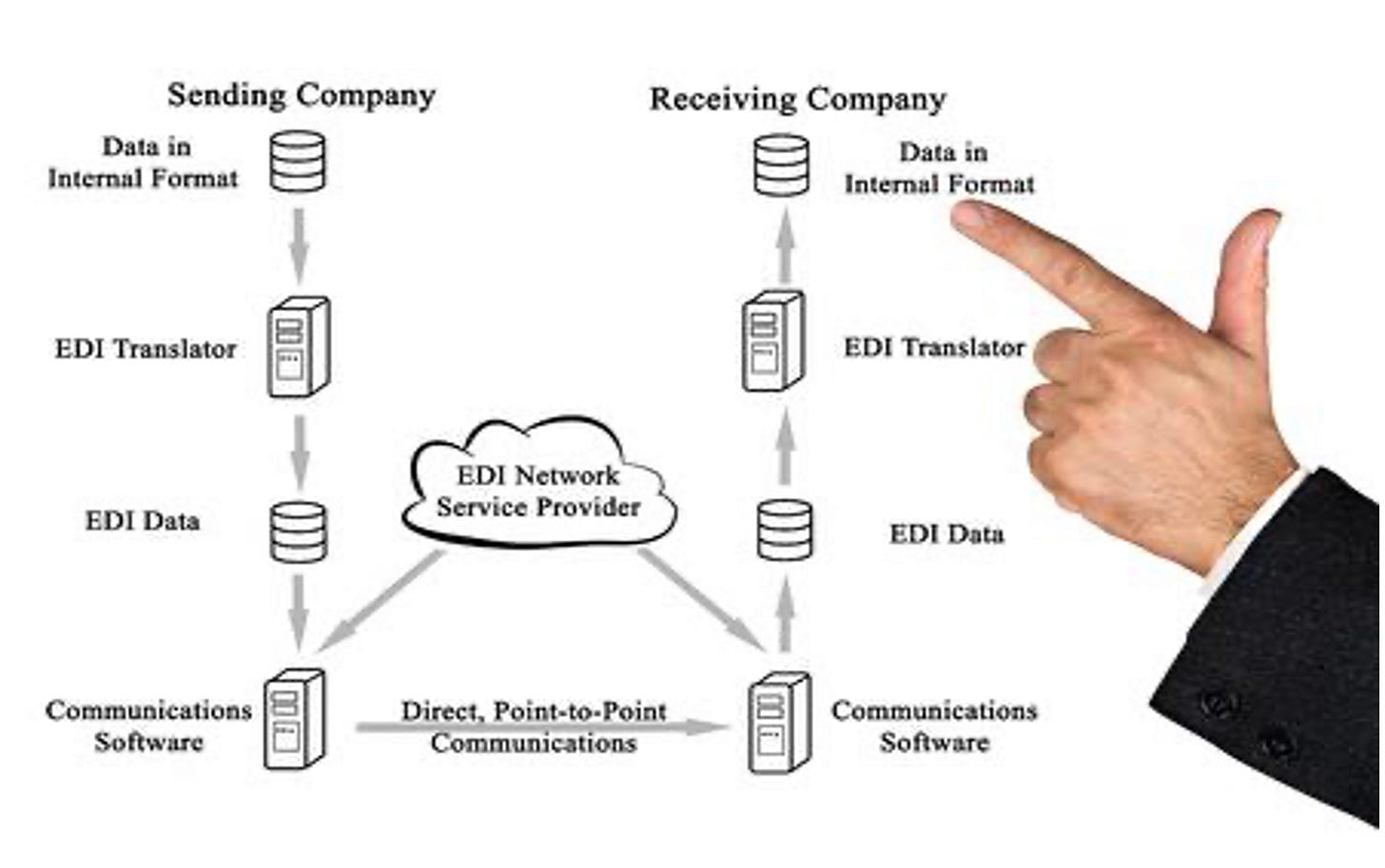The true challenges of adopting Internet Based Electronic Data Interchange (EDI)
Adopting electronic data interchange (EDI) is a popular topic being discussed in many small and medium-size enterprises (SMEs) today. This process, which is responsible for the orders sent by large companies to SMEs and for sending invoices back to the large companies from SMEs, has its challenges. While XML is today’s standard language for formatting documents based on accepted standards, many SMEs lack the technical expertise to understand and execute transactions based on these protocols. Some companies send orders via e-mail, while others send them using HTTP or FTP. Then, there are those companies that use proprietary protocols but modify use based on poorly documented business or customer requirements. How can any standards be established when we’re busy addressing the slight differences to each protocol? So far, it’s clear that standards in place are not necessarily followed or understood.
Changing Standards and Requirements
Furthermore, the big box stores have been known to change their standards/requirements frequently. That means if SMEs aren’t on top of their customers’ most current changes, at the very least they might have to discount an order. Today it’s not uncommon to find entire departments at some of the bigger stores operating for the sole purpose of sniffing out violations of their EDI agreements. Increasingly, if SMEs don’t stay vigilant about their customers’ orders, they may be left with either rejected orders or orders from which the retailer has already deducted up to five percent because of the EDI discrepancies. Of course, this is exactly what SMEs are trying to avoid.
ERP Integration
ERP integration is another important issue because all companies using EDI have their own version of software to process documents sent and received. The downside: one company’s ERP installation is likely very different from that of another. So far, the best answer is for SMEs to stay watchful of EDI specifications at the customer level. Yes, that’s a tall order considering SMEs still carry a certain degree of reluctance toward the EDI process.
Although the future holds the promise of a complete technical solution, Internet EDI faces the same challenges as traditional EDI. As a result, technology alone won’t be the motivating force for SMEs to invest. Instead, what may turn their heads is a future with the promise of lower costs, increased benefits and a return on investment within a year.



